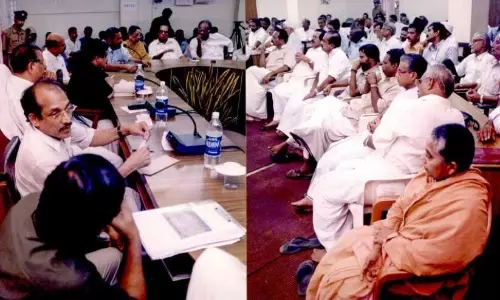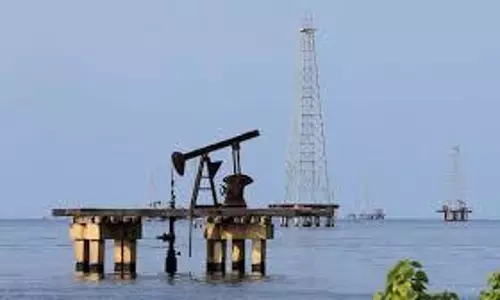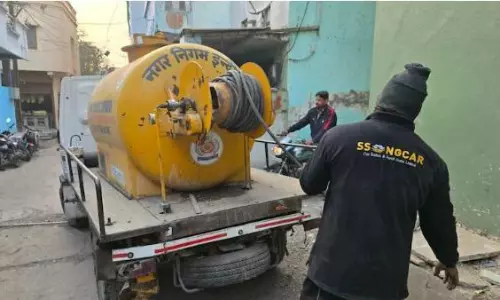
India test fires Agni-V missile off Odisha coast successfully
text_fieldsBhubaneswar: India on Monday successfully test-fired its indigenously developed intercontinental surface-to-surface nuclear capable ballistic missile Agni-V from the Abdul Kalam Island off the Odisha coast in Balasore district.
This is the fourth and final test of the missile.
It was launched around 11.05 a.m. from a mobile launcher complex-4 of the Integrated Test Range (ITR), defence sources said.
"We are analysing the test launch after collecting information from radars. The report suggests it is a successful launch," said an official source.
President Pranab Mukherjee congratulated the Defence Research and Development Organisation (DRDO) for the successful launch.
"Congratulations DRDO for successfully test firing Agni-V. It will enhance our strategic and deterrence capabilities," Mukherjee said in a tweet.
The missile is developed by the DRDO under the Integrated Guided Missile Development Program.
The Inter-Continental Ballistic Missile (ICBM) Agni-V has the capability to strike targets anywhere in all of Asia and parts of Africa and Europe.
Agni-V is one of the most advanced missiles, which is capable of striking a target more than 5,000 km. It is about 17 metres long, 2-metre wide and has launch weight of around 50 tonnes.
The missile can carry a nuclear warhead of more than one tonne.
Once the Agni-V is inducted in the Indian military, India will join the super exclusive club of countries with ICBMs alongside the US, Russia, China, France and Britain.
The first test of Agni-V was conducted on April 19, 2012, while the second test was launched on September 15, 2013 and the third was on January 31, 2015.





















